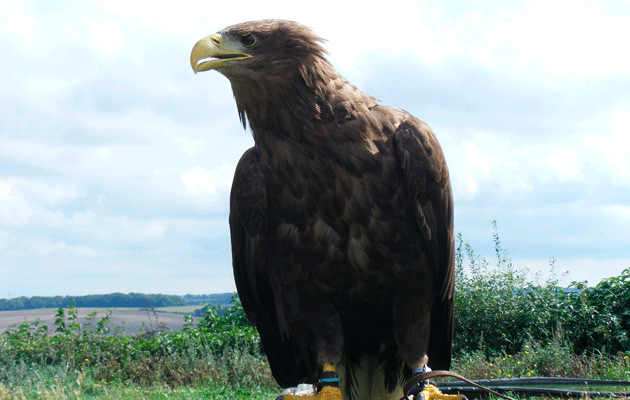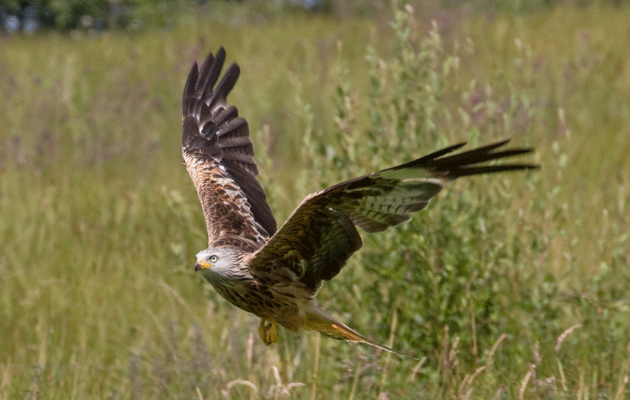Commercial forestry

It has been said that success has many fathers, but failure is an orphan. When it became clear that the Government would be doing a U-turn on its proposals for selling-off state-owned commercial forestry plantations, all sorts of people crept out of the, er, woodwork, to say ?well, I always thought the idea was bonkers?. Yet, until that point, organisations such as the National Trust, the RSPB and The Wildlife Trusts kept pretty quiet.
Once the direction of the prevailing wind was clear, we saw the RSPB?s director of conservation blogging about his doubts and denying that his body wanted to scoop up prime woodland. The chief executive of the National Trust went on air to say that she had always thought there were some real problems with the Government?s proposal. Here in Northumberland, the head of the local Wildlife Trusts weighed in, saying that he had been worried all along.
It has been fascinating to watch people wax lyrical about the public benefits of commercial forestry. To listen to the campaigners, you?d think every single Forestry Commission holding was bursting with pine martens, red squirrels, crossbills and otters. Presumably, all these critters have to dodge the zillions of walkers, mountain bikers and horse riders who, we are assured, depend on ?our forests˝ (actually, only 18 per cent of the total woodland cover) for their physical and spiritual health.
In my own region, Kielder Forest was held up as a paragon of such state-owned woodland. And it is perfectly true that Kielder, the largest man-made forest in Europe, has some splendid recreational facilities. Of course, people like me, who aren?t really into mountain biking, might wonder why we are made to pay for such facilities via our taxes, but let?s not quibble.
A public uproar
However, let us also recognise that if anybody proposed to plant Kielder Forest today, even at private expense, they would never be granted permission. There is no way that anybody would be allowed to blanket many thousands of hectares of upland pasture, mires and moor with dense, gloomy, monoculture plantations of alien conifers. Nor would they be allowed to build a huge network of roads for timber extraction and clear-fell huge areas as and when it suited (we are the last country in Europe that still routinely clear-fells).
Just imagine the uproar if anybody tried to propose such a thing now. ?Save our uplands!? would be the cry. The RSPB would be all over the media, raising the loss of hen harrier habitat; the Ramblers? Association would be on the march about the loss of all that open access land; and the National Trust would be calling for funds to help ?preserve our scenic uplands from the blight of commercial forestry?.
The paradox at the heart of the recent debate was illustrated when a local farmer told me how hard it had been for him to obtain a licence to fell his own commercial woodland. Timber prices were good, so he applied to the Forestry Commission for a felling licence for his modest plantation of Scots pine. But the Commission wouldn?t grant him a licence unless he agreed to replant with a host of non-commercial broadleaves. It wouldn?t even allow him to replant with a mix, with conifers in clumps that could be harvested. True, he was offered a grant, but nothing that would make up for the loss of a future cash crop on his own land.
If the farmer walks up to the top of a hill on his land, he can see the dark, jagged frieze that is the southern edge of Kielder Forest ? mile upon mile of monoculture conifers, the dark green scarred here and there by ugly banks of wind-thrown trees. And whenever these blocks are clear-felled, they are replanted with yet more of the same. No problem with felling licences there, it seems.
Have your say: if you have a view on a current news topic, send it, in no more than 500 words, to steditorial@ipcmedia.com.
What is YOUR opinion?
Join other ST readers in our forums to discuss your views.
Like this article? Mark this page on a social bookmarking website…








